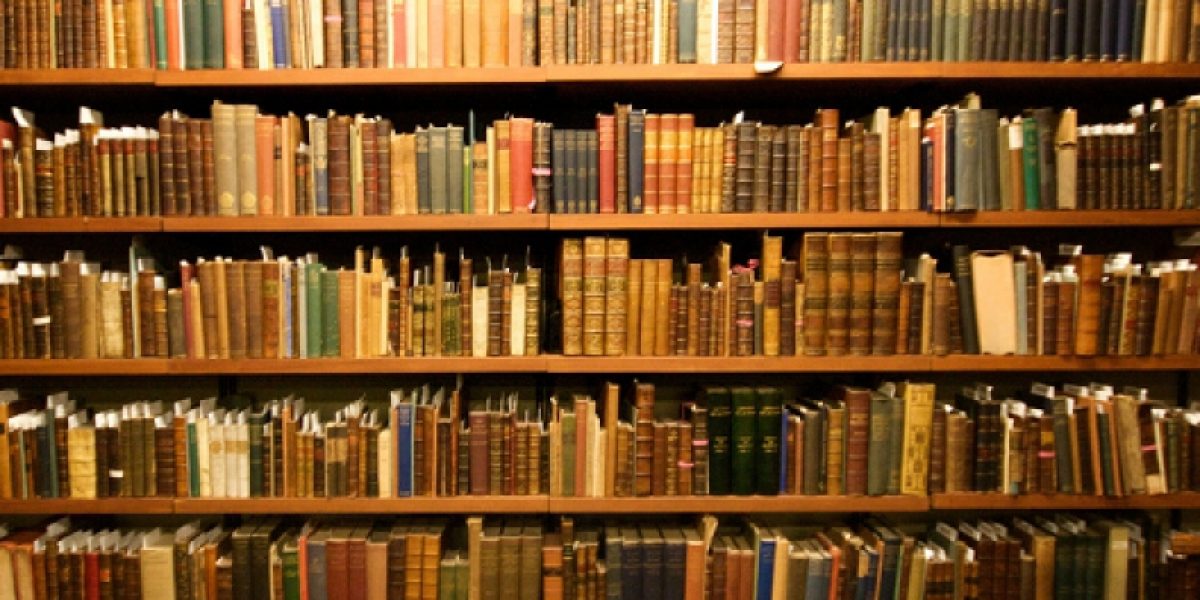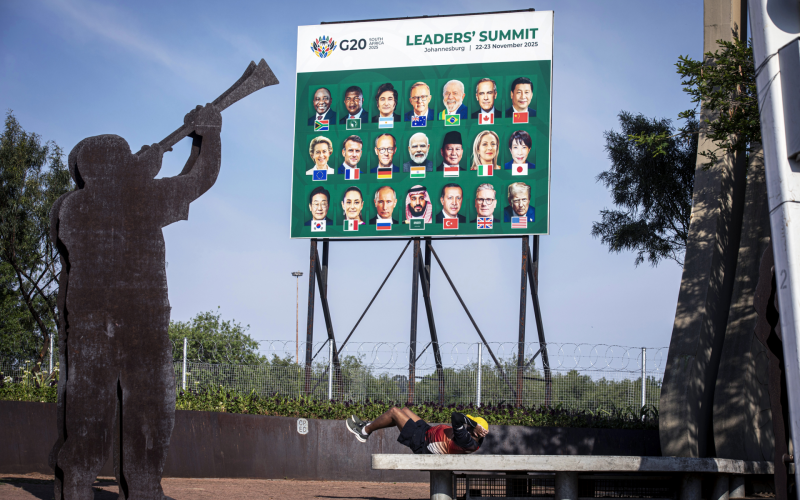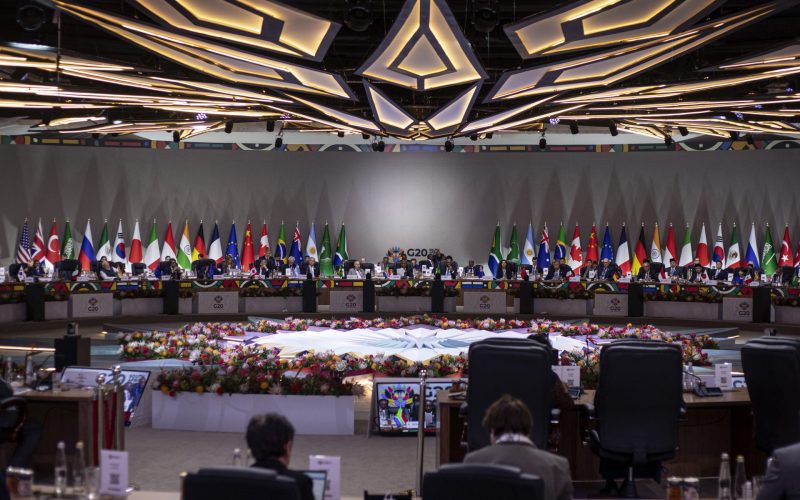In an unusual move for an international summit, the group released an official ‘BRICS Bibliography‘, listing key readings for those wishing to know more about the leaders, economics, history, literature, politics and sociology of each country.
The mammoth 692-page document is a considerable work of literature in its own right, and aims to facilitate better cross-cultural understanding amongst members of the diverse group. Captured between the lines of the selected (and excluded) readings are fascinating insights into the image each BRICS country aims to project to the global community.
Brazil: Progress at Home and Uncertainty Abroad
Given the timing of the summit, immediately following the World Cup, the BRICS leader could perhaps be excused for starting Brazil’s reading list with Jose Luiz Tahan’s Pele. The biography of Brazil’s most iconic soccer star might be a better reflection of the country’s foreign image than first suspected. Primarily an international hero (not as admired in Brazil as the likes of Garrincha), both Pele and Brazil’s reading list capture the inspirational story of a daring escape from desperate poverty. The economic section traverses the country’s journey from rigidly conservative policies to its current social welfare state and the pending end of extreme poverty; while the sociology section explores the roots to impressive social cohesion amidst incredible diversity. Most noticeably missing perhaps is some indication of Brazil’s role on the world (or even regional) stage. The only text that directly broaches the topic – A history of Brazilian foreign policy – was first published in 1991, during the early years of redemocratisation and well before the formation of BRICS. Brazil has developed a clear vision of social and economic progress, but it remains uncertain what this means outside its borders.
Russia: Looking Back and Looking Out
The Russian contribution attempts to stitch together a tumultuous history stretching from the Czars through the USSR and on to Vladmir Putin, with the full range on display in the literature section. Many of Russia’s literary giants feature prominently, including Dostoyevsky, Tolstoy and Gogol. Alexander Solzhenitsyn, whose novels were banned in the USSR, features alongside Communist party insider Mikhail Scholokhov, in a conversation no doubt set to Shostakovich’s fourth symphony. The literature section, as with the rest, is heavy on Russia’s history but light on its present. The post-Soviet era has proved challenging, both economically and in the lingering uncertainty of Russia’s post-superpower identity and role on the world stage. While important domestic questions of inequality and economic transformation are mentioned in the list, the focus seems to remain on Russia’s more glamorous past. The politics section is particularly telling of a lasting image of the country as a major player on the global stage, with an overwhelming focus on international issues such as security and geopolitics that might seem to belong more clearly to a Cold War world, but which Russia cannot yet release.
India: Progress and Diversity
India’s list is as diverse as a Mumbai sidewalk. The Myths and Gods of India: the Classic Work of Hindu Polytheism is followed immediately by India 2020: A Vision for the New Millennium. Here is a country hurtling rapidly and unevenly towards modernity built on thousands of years of history and vast diversity. India’s path in this advance seems unclear from the economics section. The country’s two most prominent economists – Amartya Sen and Jagdish Baghwati – are nowhere to be found, but the former central bank governor Bimal Jalan features twice, indicative perhaps of a growth path that could best be described as bureaucratic. Perhaps the item on the list that best captures the story of modern India is The Great Indian Middle Class. Pavan Varma’s treatise on the rise of the middle class is surely included (in part) as a celebration of the immense progress many in India have made. But, as the book itself highlights, it raises the question of those left behind. There is no text on the list that explicitly focuses on poverty or inequality, despite the fact that these remain unescapable realities for the majority of India’s people. In the case of India and its list, what matters might be the individuals and ideas that are missing. Not gone, but left on the streets below.
China: Reform and Missing Voices
It is hardly surprising that the Chinese list omits the likes of Liu Xiaobo or Liao Yiwu (to name two of many), since their works remain banned in the People’s Republic. Nevertheless, Chinese history and culture remains rich enough to allow for a substantial list of censor approved works, many of which tell the story of the country’s unprecedented economic transformation. Deng Xiaoping features prominently throughout the list, and reform and transformation are the focus of six of the fourteen economic texts. China’s miraculous economic progress is certainly worth extensive study, but it might be hard to contextualise this transformation using a history section that seemingly has little interest in the last 100 years. While thousands of years of Chinese art, calligraphy, and archaeology are extensively covered, there is only one book that focuses on recent history, a beginners guide entitled Quick Access to the People’s Republic of China: the First Sixty Years (1949-2009).The book promises such quick access to Chinese history that it skips right over the Tiananmen square protests. The list makes clear that the story of China is one of economic reform and many blank pages, which the curious reader can’t help but wish were filled.
South Africa: Struggle and Transformation
The South African selection is a testimony to the continual relevance of the struggle against Apartheid in defining South African society and national consciousness. The history of apartheid stretches in an unbroken thread across the history, biography, sociology, economics and literature section – the list closely resembling the reality of the traumatic omnipresence of South Africa’s history of racial discrimination. In the Rainbow Nation era, President Mbeki stands out as particularly prominent, challenged only by Steve Biko in appearances on the list. But President Mbeki’s administration also seems to be a point of particular soul searching, as numerous works critical of his liberal development path make the list, such as Patrick Bond’s Elite Transition: from Apartheid to Neoliberalism in South Africa and Clarence Tshitereke’s The Experience of Economic Redistribution: the GEAR in South Africa. Overwhelmingly however, the economic focus of the list is on transformation, and clearly reflects the primacy of redistribution and industrialisation in South Africa’s vision of its future, and its role in international fora like the BRICS.
BRICS
Included in each country’s reading list should be a section for publications about the BRICS, but they are conspicuously absent in the case of Russia, India and South Africa (although the latter would surely include all of SAIIA’s work on the topic). Brazil’s short list examines the BRICS’s role in the global order and in global crises, while China’s more colourful contribution sketches the stride of the India elephant and the quiet recovery of the Russia polar bear. This missing BRICS sections are unsurprising. The primary contribution of the BRICS bibliography is to highlight the extreme diversity of the five member countries. Building a unified BRICS identity (and reading list) will require navigating and embracing this diversity to find common ground. This will be challenging, but if accomplished, it will certainly be a story worth reading.
Christopher Wood is a researcher in the Economic Diplomacy programme at the South African Institute of International Affairs.








